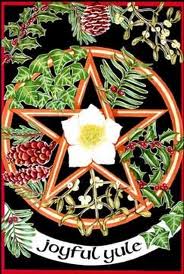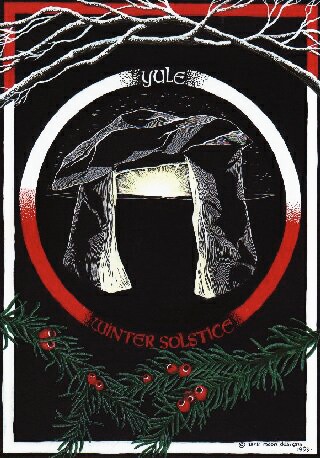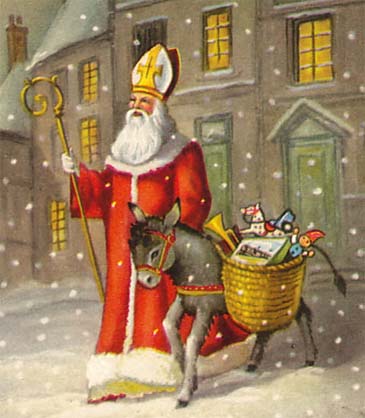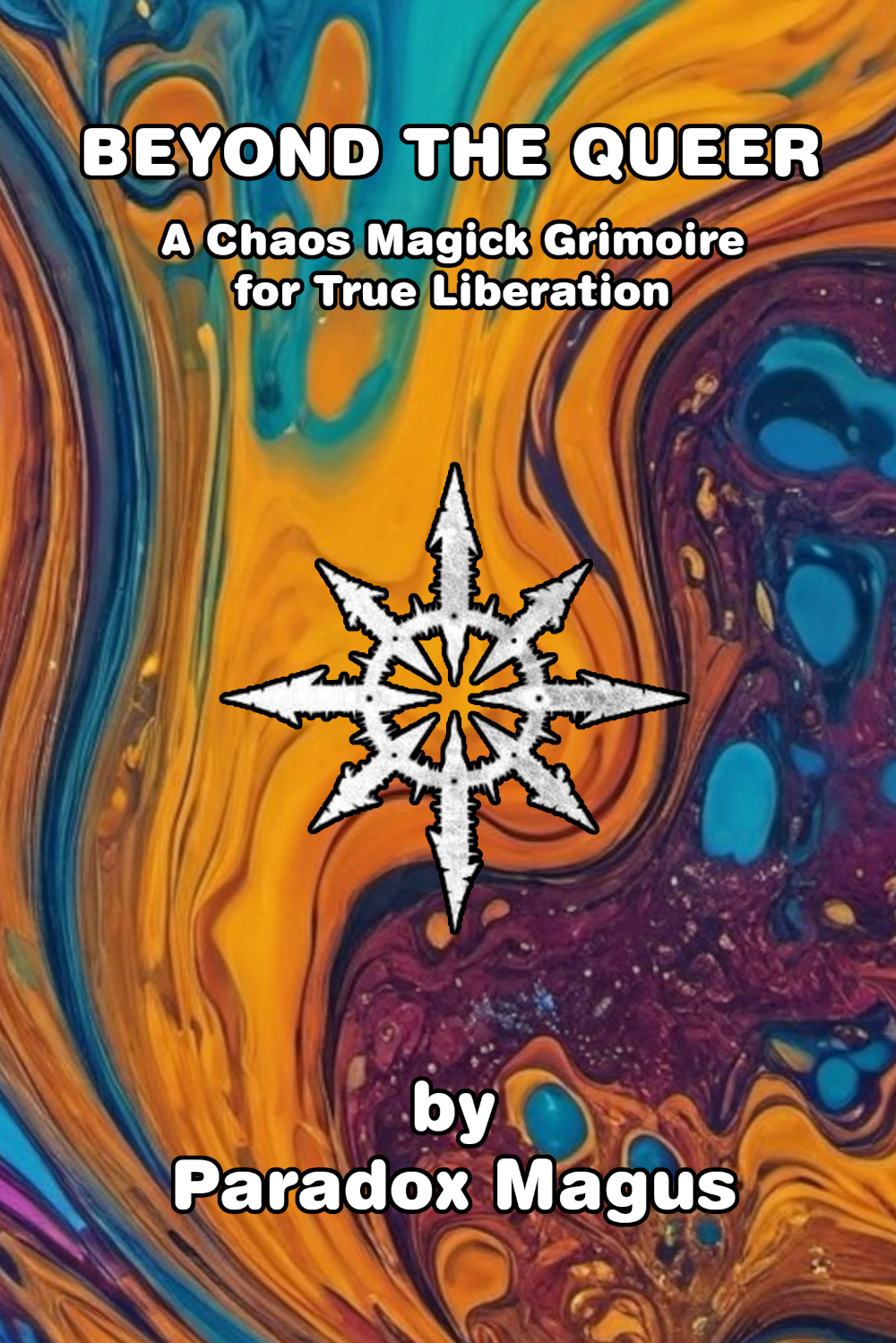
Yule means wheel in Anglo-Saxon. On this date the wheel of birth, death, and resurrection is completed. Yule is the first minor Sabbath in the wheel of the year.
The darkness of the nights dominates the middle of the year until the Winter Solstice on December the 21st. It is then that we usher in the celebration of the birth of Light. In the longest and darkest night the new light, the divine child, is born. The sun enters industrious and joyful Capricorn.
In Celtic mythology the Oak King rules during the luminous half of the year. At Yule he conquers King Holly in order to rule until summer. At this time the two kings meet again. King Oak and King Holly are opposite forces personified in Litha and Yule, and therefore complement each other. The bird representing the Holly King is the robin, the Oak King's the wren.
The celebration of the winter solstice is associated with the birth of several heroes or gods such as Dionysus, Mithras, Perseus, Apollo, Horus... Jesus would be just one more on the list. It is the celebration of the Sun-God, the son of God, the divine child...
In ancient Rome, the festival of Saturnalia, dedicated to Saturn, was celebrated from the 17th to the 23rd of this month, when people rested for having finished winter's agricultural work. Even slaves rested and received extra food rations and sometimes exchanged roles with their masters. Saturn was likened to the pre-Hellenic Cronus, the god of the golden age in which social classes did not exist. Great feasts were held and gifts were distributed among friends and relatives. Houses were decorated with plants and feasts were held under the light of torches to symbolise the end of the darkest period of the year and the birth of the Sol Invictus on the 25th December.
The Church Fathers decided that the birth of Jesus should take place on these dates in an attempt to eclipse the worship of Mithras by the Romans and the Celtic and Saxon festivals of Yuletide.
We can still identify pagan customs today in symbols that still surround us, such as the Yule log, the fertility ritual under the mistletoe, the holly, the lighting of candles and lights to chase away the darkness, the decoration of the tree...
The Yule log was a central part of the pagan celebration. It is also said that the Celts decorated their trees at this time to ensure that the fruits would last through the winter. In ancient times the Yule log was a log of wood, not chocolate, and was left to burn all night amidst protective aromatic herbs.
Holly, ivy and mistletoe are the sacred plants for this day. They symbolise fertility and eternal life. Pine and fir remind us of fertility even in the midst of winter thanks to their evergreen leaves.
These days we also see everywhere the famous Poinsettia. The origins of the use of this plant at Christmas are very curious. This plant was sacred to the Aztecs, who used it as a medicinal remedy and as an offering to their gods. In the 17th century, Franciscan monks evangelising in Taxco de Alarcón began to use it as a Christmas decoration. But it was Joel Roberts Poinsett, a 19th century physician and botany enthusiast, who devoted himself to the cultivation of this plant. It occurred to him to give his friends and family the plant as a Christmas present and so it became a tradition that has spread all over the world.
In the Middle Ages there were several popular sayings about these dates: bees would buzz the 100th psalm on Christmas Eve, animals would kneel down, people born on the 25th would be able to see little people... They all convey the magic and sacredness of the solstice.
Another pagan element that popular tradition has preserved is the figure of Santa Claus. The fact that Santa Claus enters through the chimney and not through the door is not arbitrary. The chimney is a symbol of the connection between earth and heaven. Through it we receive the most valuable gifts, which are those that come to us from heaven.
St. Nicholas, whose feast is celebrated on 6 December, became Santa Claus in yet another attempt by the Church to appropriate pagan symbolism.
During this Sabbath take the opportunity to decorate and illuminate your home or altar; gather your loved ones and prepare resolutions for the New Year. Honour the Light that is born in the greatest Darkness.

Incense: to make Yule incense, you need two parts of frankincense, two parts of pine resin, one part of cedar and one part of juniper berries.
Gems: turquoise and zircon.
Herbs: holly, mistletoe.
Flower: Poinsettia.
Tree: pine, fir and all evergreen trees.
Animal: rook, deer.
Food and drink: Christmas log, hot drinks such as tea, chocolate or coffee and of course, warm cider.
Colors: green, red, white and golden.


